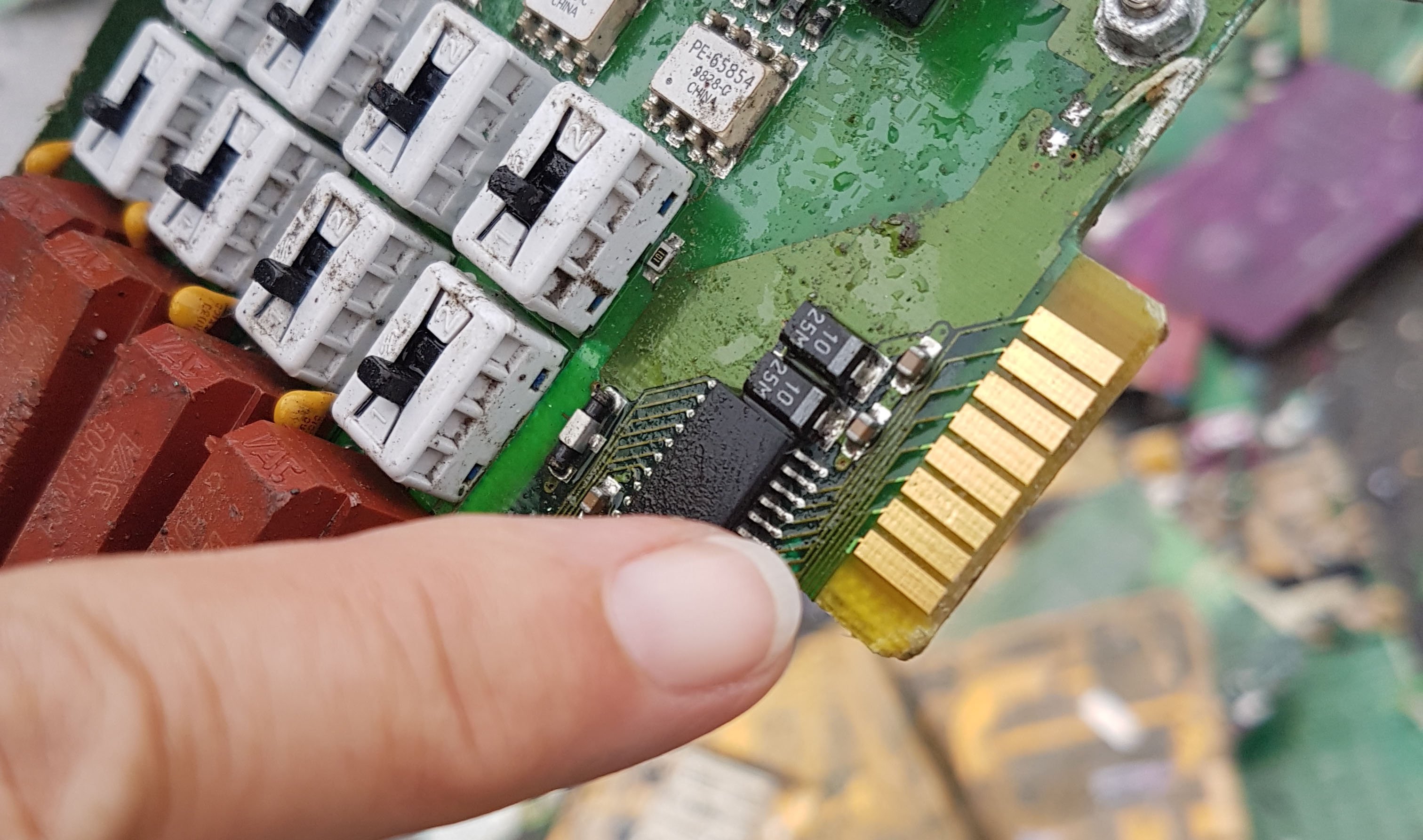Circular resource use through secondary material recycling
Boliden’s smelters collaborate to process a variety of secondary raw materials, from both internal and external sources. The result is a greater circular resource use that enables Boliden to create value from these residual materials.

Secondary materials play an important role at Boliden Odda
Boliden Odda processes a relatively high proportion of secondary materials. “The recycling of secondary sources is very important for the total zinc output at Odda,” explains Agnar Målsnes, Senior Process Engineer at Boliden Odda. “We produce between 35,000 and 40,000 tonnes of pure zinc from secondary materials each year, which equates to around 20 percent of our total zinc production.”
Secondary materials
End-of-life (EOL) electronic materials include obsolete or discarded devices or appliances that contain electrically powered components. Boliden’s copper smelter at Rönnskär is one of the world’s largest recyclers of copper and precious metals from EOL electronics. The smelter also extracts zinc from various residual materials to produce zinc clinker, which is a secondary raw material containing primarily zinc oxide as well as iron and lead, that is sent to Odda for further refining.
Odda has processed Rönnskär’s zinc clinker since the 1970s. “The zinc clinker from Rönnskär is a high-quality product with a low halogen content that helps avoid corrosion issues at our plant,” says Målsnes.
Secondary materials from the steel industry
In addition, Boliden Odda has recycled processed residual materials from the scrap steel recycling industry since 2008, generating approximately 15,000 to 20,000 tonnes of zinc each year.
Boliden Kokkola also extracts zinc from various secondary materials. “We produce approximately 15,000-20,000 tonnes of zinc from secondary materials each year,” explains Dr Justin Salminen, Research Manager at Boliden Kokkola.
The recycling of materials such as waelz oxide, which comes from the steel industry, is driven by the necessity to treat a residual material that can have environmental impacts if not properly handled, and at the same time, an economic benefit in creating value from secondary materials.
Harjavalta and Kokkola symbiosis
The Boliden Harjavalta smelter in Finland has had a partnership with Boliden Kokkola since 1969, which has involved circulating and recycling copper, nickel, cobalt and silver between the units to optimise the recovery of metals and by-products. Kokkola also treats zinc and other metals containing dusts and waste acids from Harjavalta in its process.
Recovery of lead batteries at Bergsöe
The Bergsöe smelter is one of Europe's largest facilities for recycling lead-acid batteries and the only one for the Nordic region's secondary smelter. The main products are lead and lead alloys. Bergsöe works closely with Rönnskär and Odda to handle certain materials.
“Boliden’s internal exchange of materials between its smelters with different capabilities enables us to get the most value out of materials and waste and process them in a sustainable way,” says Salminen. “It also provides us with options for how to best deal with hazardous substances.”